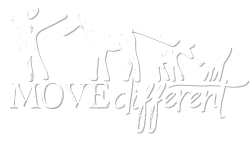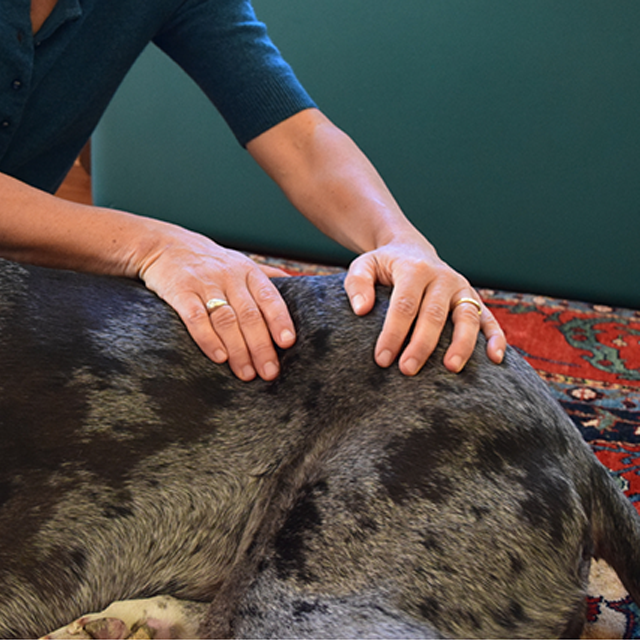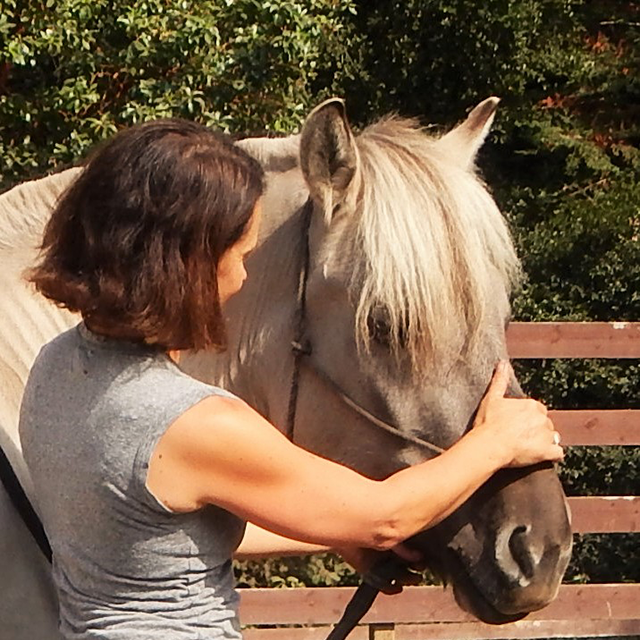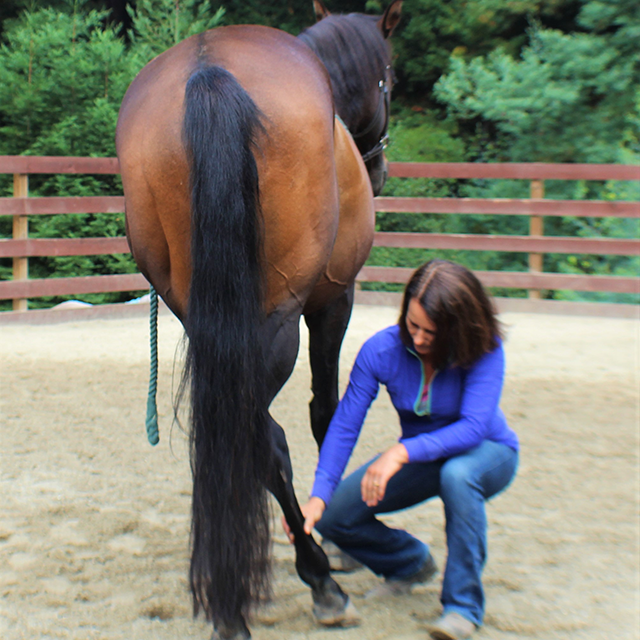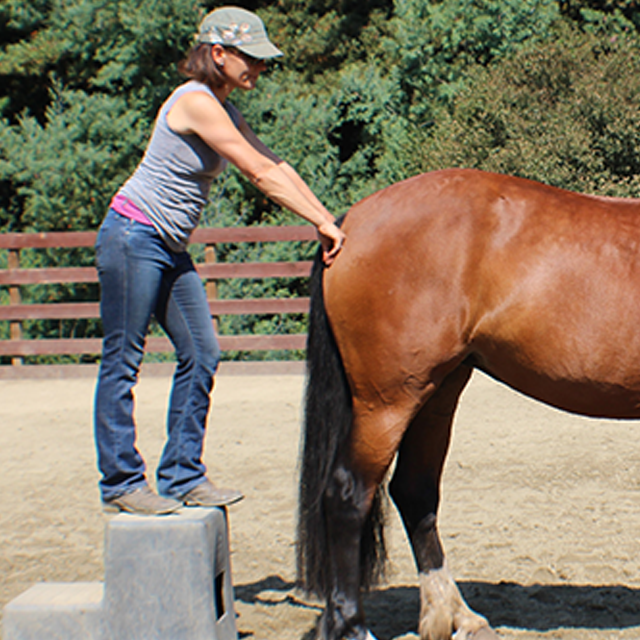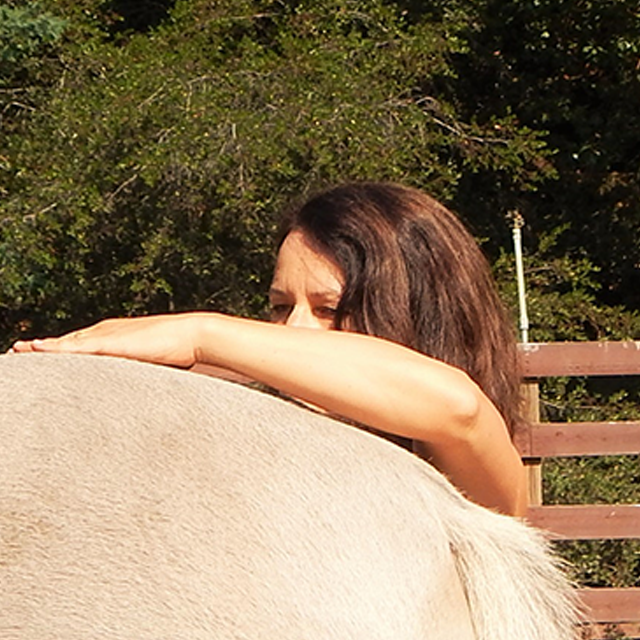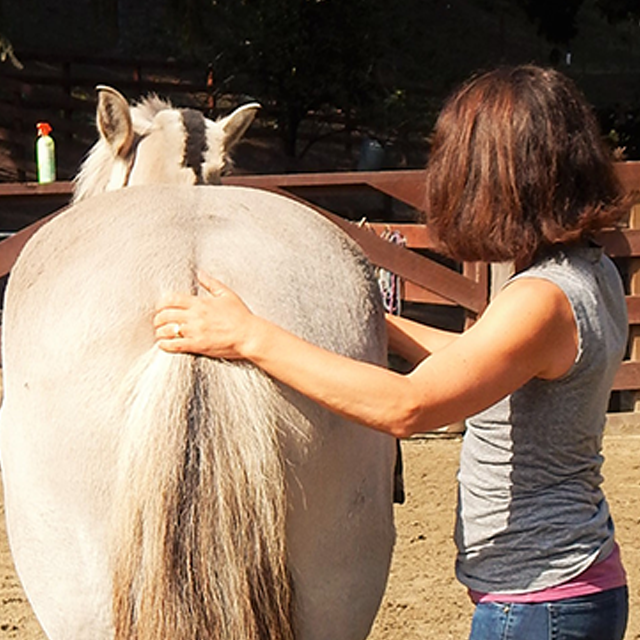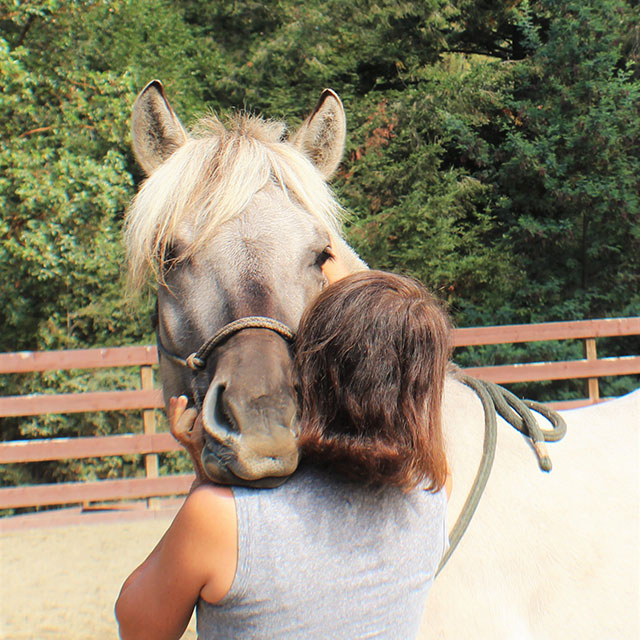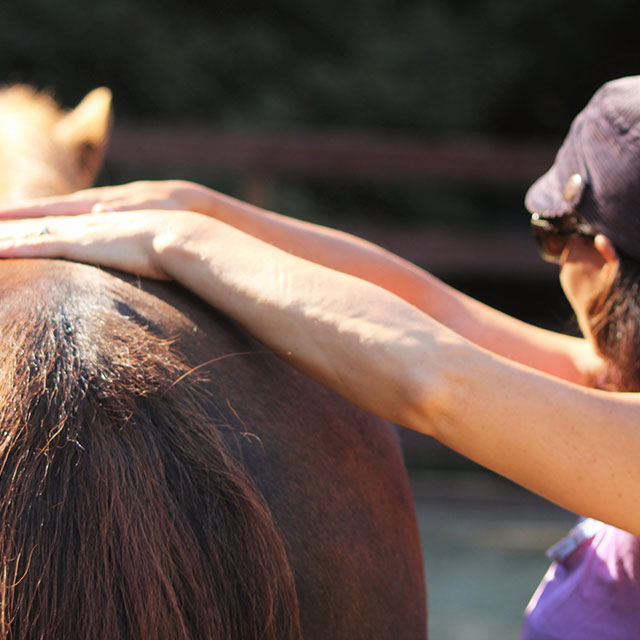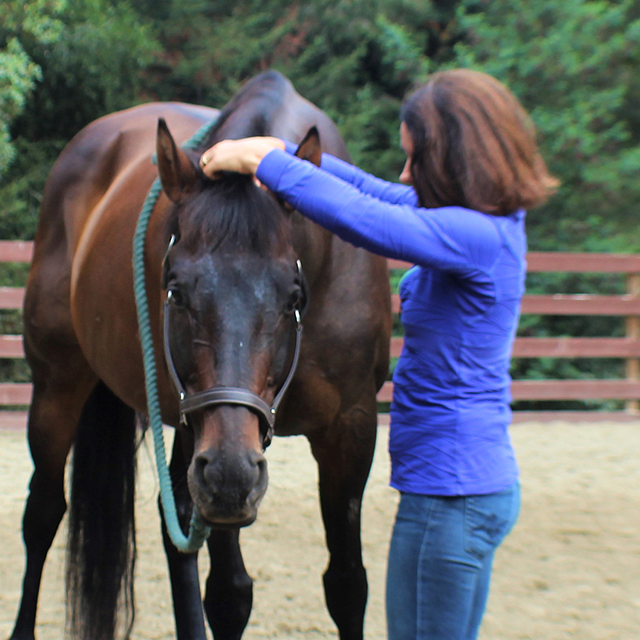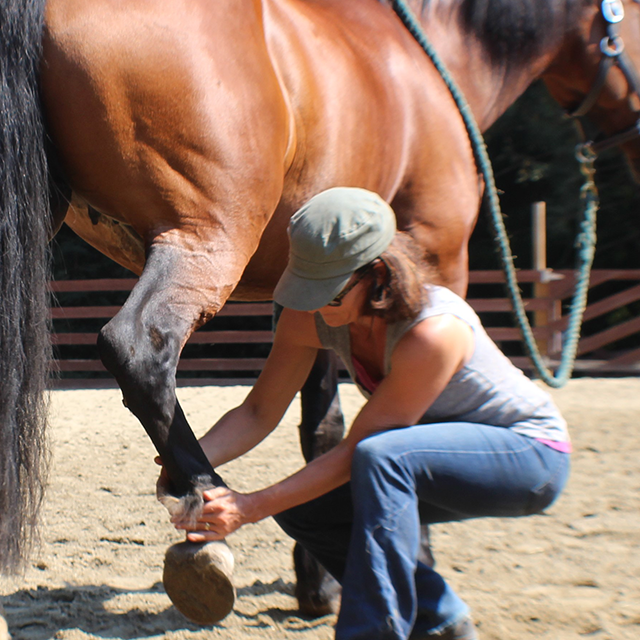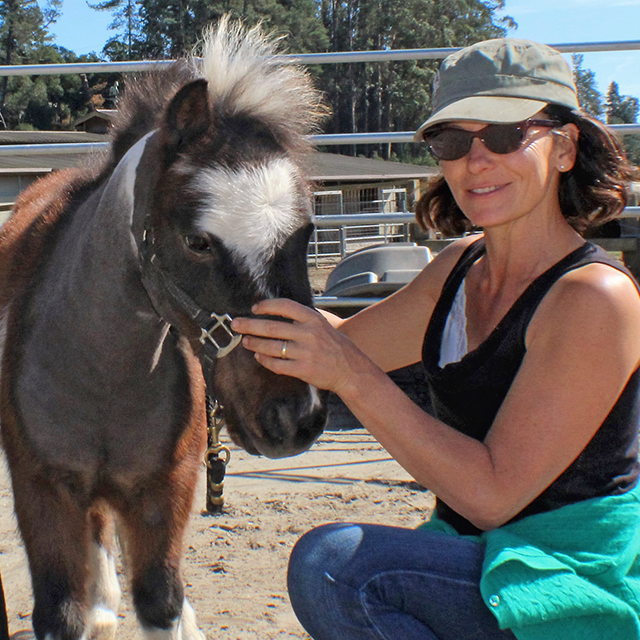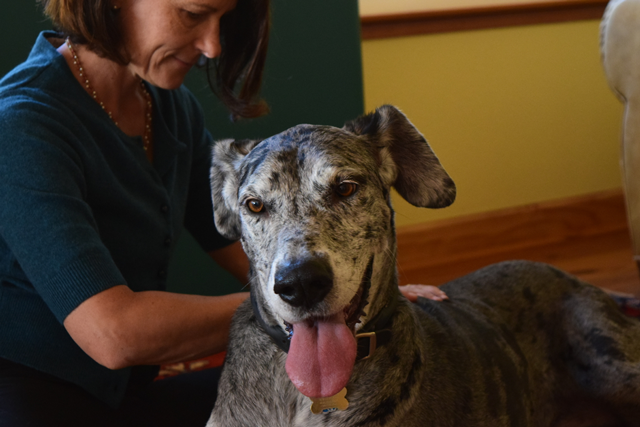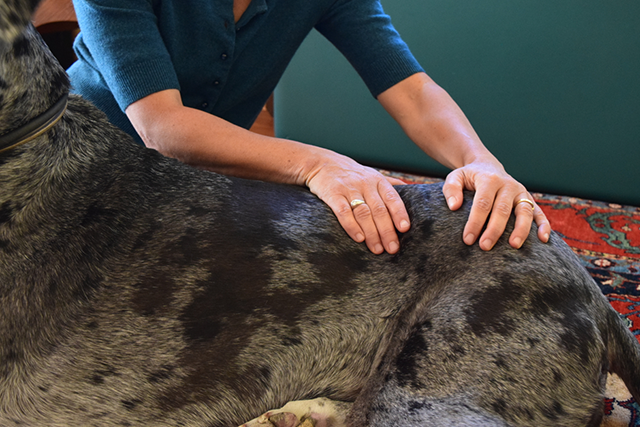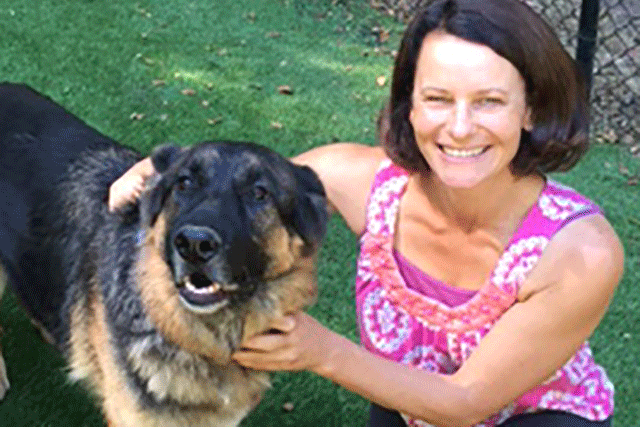 The Feldenkrais Method looks at the transmission
The Feldenkrais Method looks at the transmission
of movement through the whole animal.
What We Do — Feldenkrais for Animals
Feldenkrais For Horses
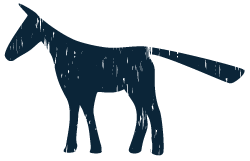 Proprioception
Proprioception
is the part of the horse’s nervous system that tells the horse where its feet are in space. How a horse interacts with gravity is important in maintaining optimal health and activity levels. As the horse develops more movement options, it’s orientation in space and sense of self improves. As sessions progress, the horse’s balance becomes refined and healthy and efficient patterns of movement emerge naturally.
Feldenkrais For Dogs

Jill Duran | MoveDifferent | Santa Cruz, CA | 831 332-6532 | jill@movedifferent.com
